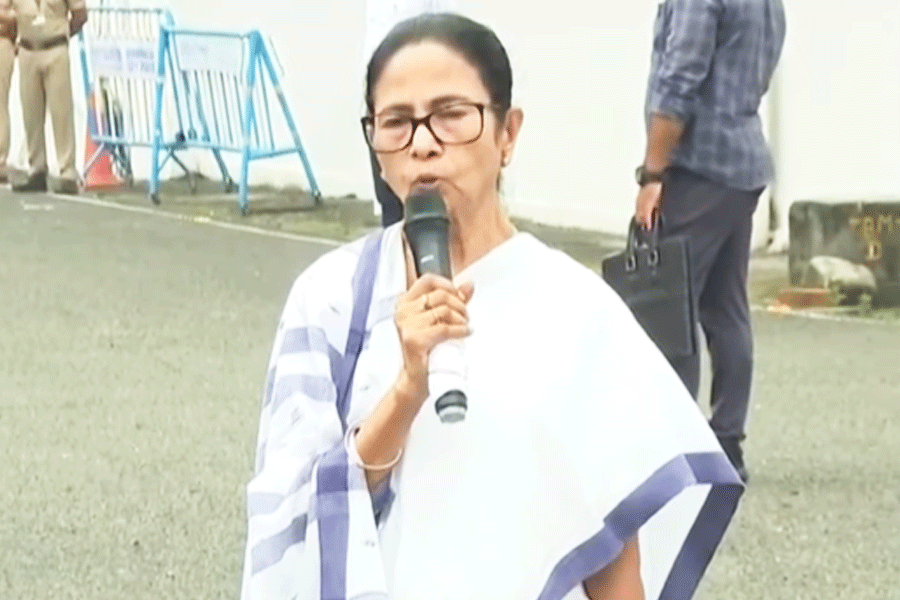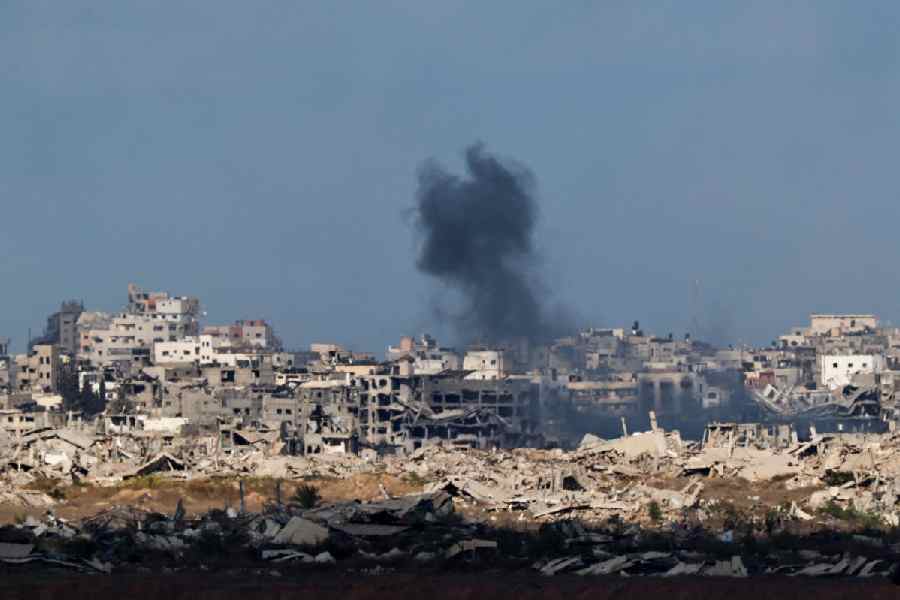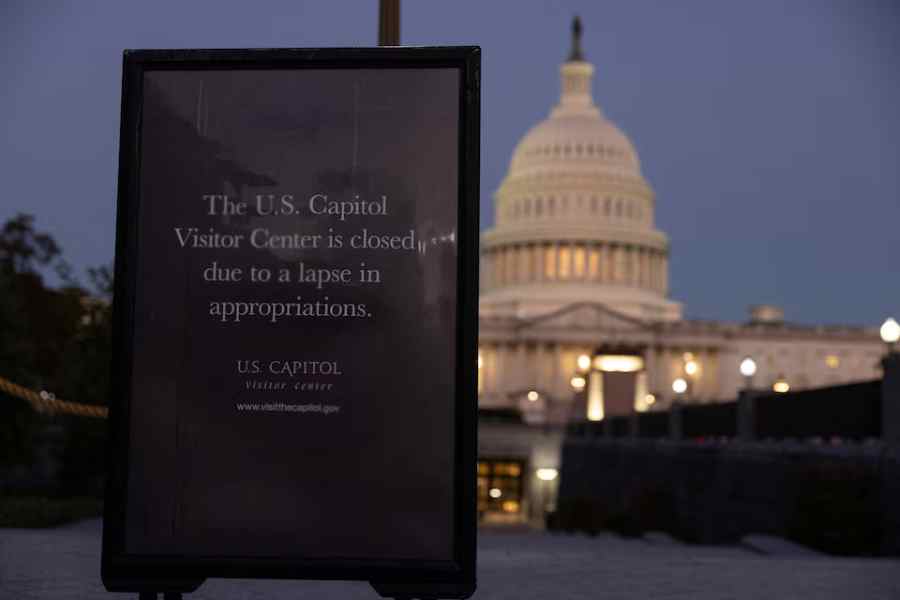-
.jpg)
Pic By Penelope MacRae
We're travel gypsies,' says Prince Azmet Jah explaining that it's extremely rare to catch him, his mother Princess Esra and sister Shehkyar Jah together in one place at the same time. Esra, the first wife of Mukarram Jah, the last Nizam of Hyderabad, and his two children divide their time between London, Turkey and, of course, Hyderabad. 'We're always travelling,' adds Azmet, saying that he goes to Turkey about once a month and visits his father who now lives there.
The setting is the opulently restored Jade Room of the Falaknuma Palace in Hyderabad where the sixth Nizam of Hyderabad once greeted the royals, aristocrats and commoners who trooped in to parley or pay homage to India's only 21-gun royal. The Falaknuma Palace has now been restored to its former splendour by the Taj Group aided by Princess Esra who ensured they didn't deviate from the original or cut corners during the mammoth restoration job that stretched on for over five years. 'My role in all this has been to fuss and criticise,' says Princess Esra, with perhaps more than a trace of modesty.
-
.jpg)
Prince Azmet Jah (far right) and his sister Shehkyar (centre) now divide their time between Hyderabad, London and Turkey; (far left) Girish Sehgal, general manager, the Taj Falaknuma; Pic: Vasu Gopu
Mukarram Jah, who was crowned the eigth Nizam in 1967, found himself battling a myriad of legal battles and avaricious retainers and famously abandoned the worse than Byzantine tangles to settle on a 200,000-acre sheep farm in Australia where he was said to have been happiest driving bulldozers and tinkering with automobiles and even an old battle tank he kept near his home. 'At Cambridge I got my master of arts, majoring in literature,' he told an Australian interviewer. 'Yet now I can't remember if literature has one or two Ts.'
Today, Mukarram, who's around 80, and who has five marriages behind him, has moved to Turkey, the land where his mother and his first wife Esra came from. Mukarram has an extremely distinguished lineage on his mother's side and is the grandson of the last Ottoman caliph, who was deposed after World War I. 'He's very healthy, but isn't very mobile because of diabetes-related complications,' says Azmet.
Princess Esra tells the story of the Maharaja of Baroda who divorced his wife and later called her back to help with family problems. 'I was young. I thought what a fool. How could she go back? And 30 years later I found myself doing the same thing. Now I feel it was destiny. It was meant of me,' says Esra.
In 1996, Mukarram turned to his first wife — and almost certainly the most intelligent of them all — and asked her to return to Hyderabad to sort out what was left of the family's property there. Says Esra: 'He asked me to take on the problems, to take on whatever renovations could be made. I didn't want to. I was terrified. I didn't want to break the trust.'
Esra had been away from Hyderabad for over 20 years after her divorce and the city she returned to was not the same languid-paced small city. She says: 'I lived here for 16 years when I was married. I didn't come back for 20 years. But I had kept up my friendships.'
After her divorce in the mid-1970s, Esra left the city and her children who were in school in England, also found themselves banished. Says Azmet: 'We were told we could never come back to India and Hyderabad, so we switched to being Turkish and British.'
The family rift lasted almost 20 years till 1994 when Mukarram, after many years in Australia, broke his silence and called his son. And, what was it like to be reunited after 20 years? 'It was very emotional,' says Azmet in a matter-of-fact tone.
-

(Above) Guests ride from the Falaknuma's main gate to its grand entrance in an open coach; (below) the Durbar Hall at Falaknuma.
Azmet and Shehkyar's return to Hyderabad after two decades was even more emotional. 'We went into different rooms and saw familiar things. My sister and I burst out into tears at some things. We saw some of the staff we had known 20 years ago. It was like seeing your old life before you. I found all my old toys that I had loved, stuffed in a trunk. It was like discovering a new treasure trove, says Azmet, adding, 'I took them (my toys) all back to London.'
Cut to 2014 and the entire family — including Prince Alexander Azam Jah, Mukarram's son by his second wife Helen — return regularly to Hyderabad. Azam's mother Helen died in the late 1980s and her second son Umar also died some years ago after a drug overdose. Azam is very close to Esra and his step-brother and step-sister and told one newspaper: 'After my brother passed away, she took me under her wing and stood by me like a rock. I love Princess Esra with all my heart. She has been a mother to me when she needn't have been.'
Mukarram's third wife Manolya and her daughter Niloufer also live in Hyderabad, but she's estranged from her ex-husband and his other families and has filed a suit for property she says was promised to her daughter.
Azmet, who trained as a cameraman — and who has worked with Steven Spielberg and on movies like Basic Instinct — has thrown himself into Hyderabadi life in a different way. He has almost completed a movie on his great-grandfather Osman Ali Khan, the seventh Nizam who's remembered for being on Time magazine's cover in 1938 as the richest man in the world — and also for being miserly on a heroic scale. Originally, Azmet had got leading broadcast celebrity Sir David Frost interested in the project, but Frost died before he could start work on it. Currently, a director from the BBC is making the film, which will be taken on the global festival circuit.
Azmet's hoping the world will look upon his great-grandfather in a different light after seeing his movie. 'My great-grandfather is perceived as a miser. I want to dispel that myth. He has been very wrongly represented. He did a lot for Hyderabad.'
How did the seventh Nizam become the world's richest man? Esra and Azmet both look a bit nonplussed about that. The sixth Nizam, Mehboob Ali Khan, was, according to the family, known for his generosity and, as a result, the Hyderabad coffers were quite bare when he died in 1911. 'We're not sure,' says Esra, adding: 'It was a rich state with lots of coal and rice.' But they reckon that his wealth had been measured in property and jewellery and items like that.
Whether the seventh Nizam was the world's richest man or not, a large chunk of his legacy has vanished over the last 35 years. But in the last decade Esra, with the help of lawyer Vijay Shankardass, has straightened out the former Nizam's financial affairs to a considerable extent and reached settlements with many people who had made claims on the estate. Bear in mind that the seventh Nizam is said to have fathered 149 children or more, so the complexity of the legal tangles were immense.
And Falaknuma, which had been locked for many decades, has been renovated and given on a 30-year lease to the Taj Group. Says Esra: 'We worked on every detail. We had to do things like the lighting and the air-conditioning without ruining the place. I worked with them like a worker shifting furniture and everything.'
Simultaneously, the Chowmahalla Palace in the city was also renovated with the help of Intach founder Martand Singh and architect Rahul Mehrotra. Some years ago it received the Unesco Asia Pacific Merit Award for cultural heritage conservation.
Says Azmet: 'My mother supervised everything. But my father is in the background financing everything. This is a family endeavour.' He adds: 'My mother has also really pushed the envelope.'
Amongst other things, Esra also discovered seven tonnes of yellowing documents. A team of restorers and scholars is now going through them and ensuring they are preserved for posterity.
Esra, who had been brought up in Turkey after Kemal Ataturk's revolution, found Hyderabad in the 1960s quite a difficult place. Ataturk had banned the veil and encouraged women's education and Esra, herself, had studied architecture. She says: 'It was more strict when I came here. I couldn't see who I wanted, couldn't go out and friends were chosen for me. People from outside thought it was all lovely and glamorous.'
She also made efforts to learn Urdu — with mixed results. In London, she went to the School of Oriental and African Studies but the results amused her husband. 'He laughed and said I was learning barracks language.' She also enjoyed cooking, but found that she wasn't really expected to enter the kitchen in Hyderabad.
-
.jpg)
The restoration of the Chowmahalla Palace, supervised by Esra, was recognised by Unesco with its Asia Pacific Merit Award for cultural heritage conservation
Azmet, who dresses for a formal evening in Hyderabad in an achkan, says he leads the life of a commoner in London. He says: 'My life in London is completely different. I go to the supermarket, I go to the post office, I pick up my son from school.' He adds: 'We led our own lives. The royal bit was alien to us.'
One of Esra's other achievements has been to retrieve an early 1900s Rolls Royce Silver Ghost used as a state limousine by the seventh Nizam and also two extremely rare 1906-model Napier L76 cars. The automobiles were handed over to vintage car restorer Manvendra Singh and another auto expert Chris Rodricks. The three cars won awards at the Cartier Concours d'Elegance last year in Mumbai. In some ways it might be an apt metaphor: in financial terms and in other ways too, her family is firmly back on the road once again.

.jpg)
.jpg)









